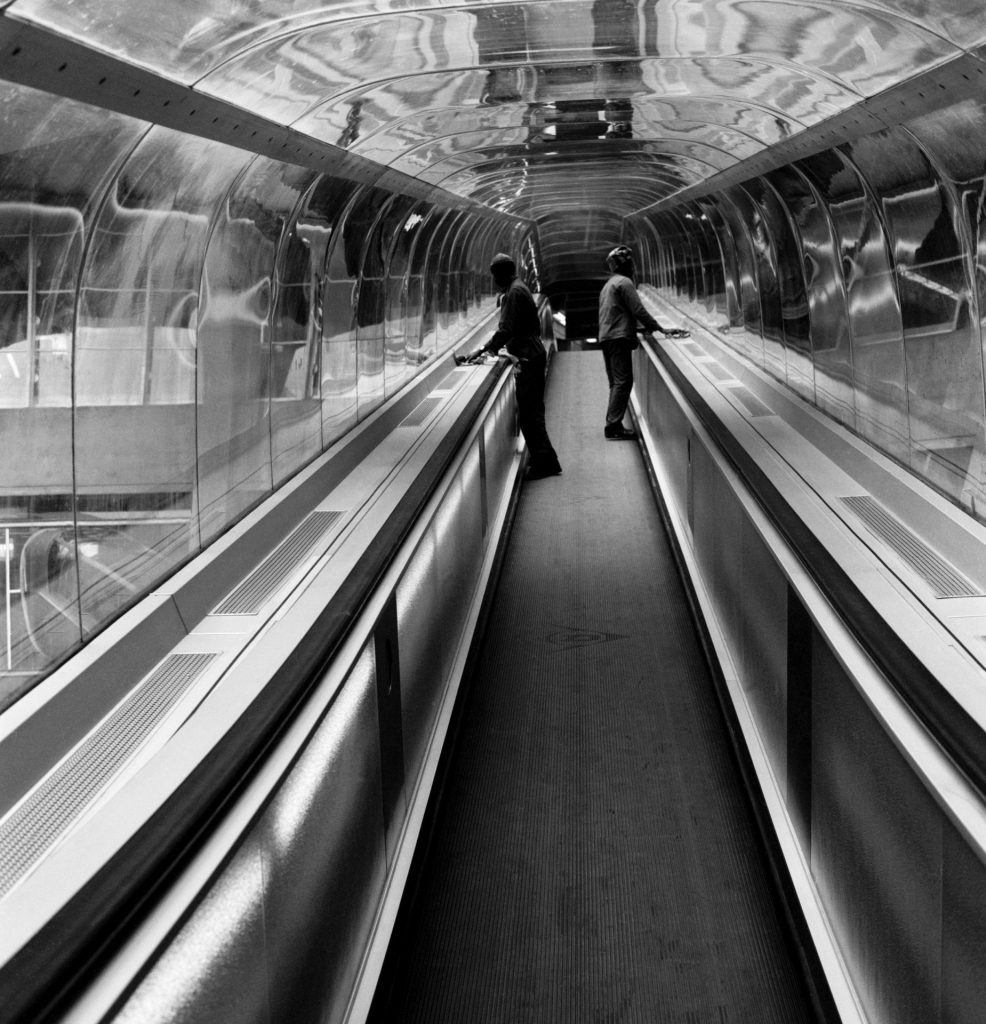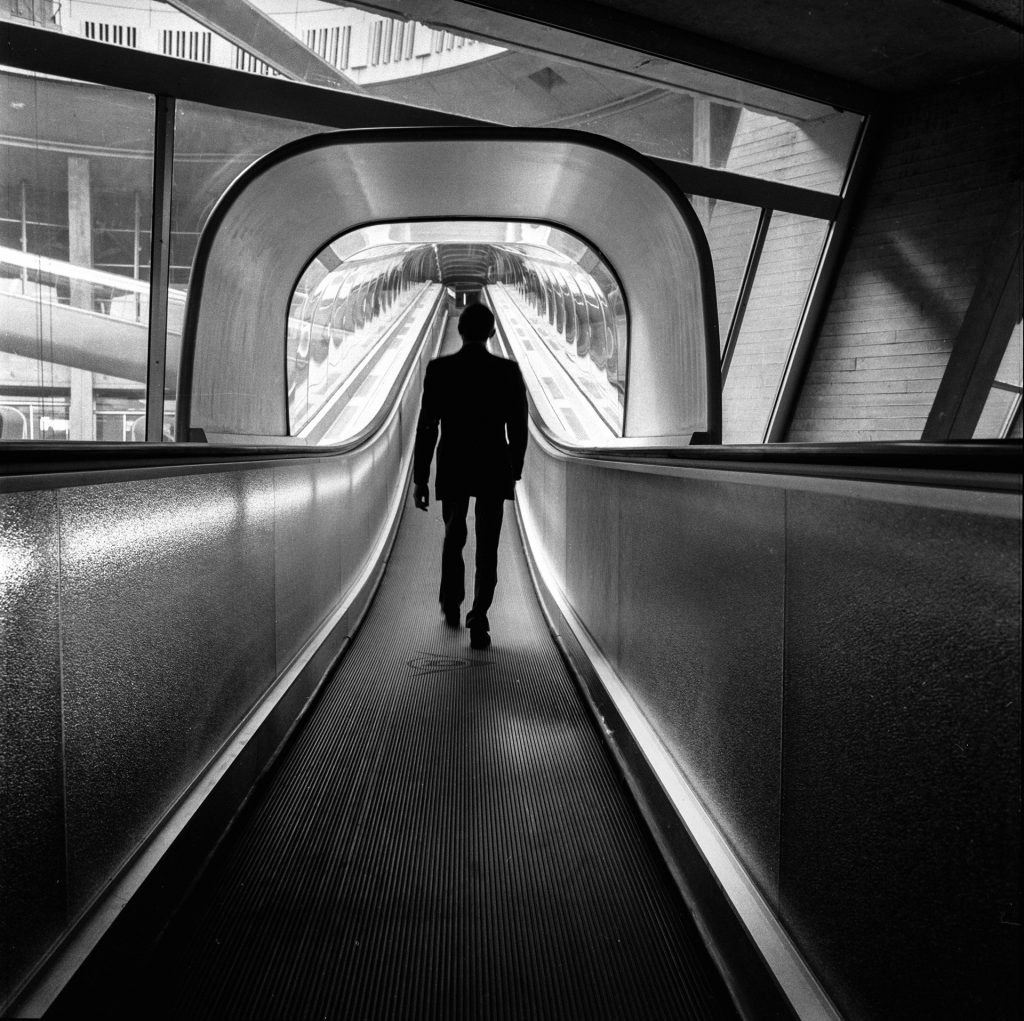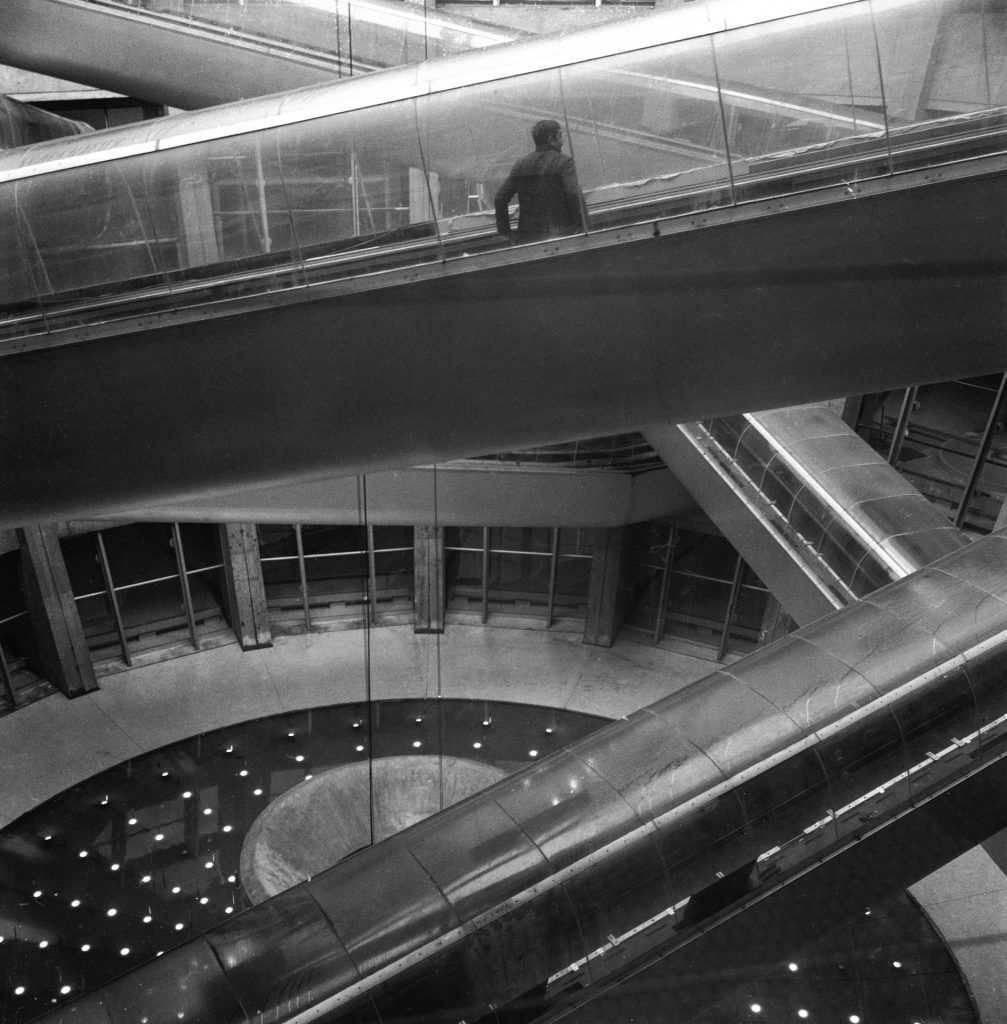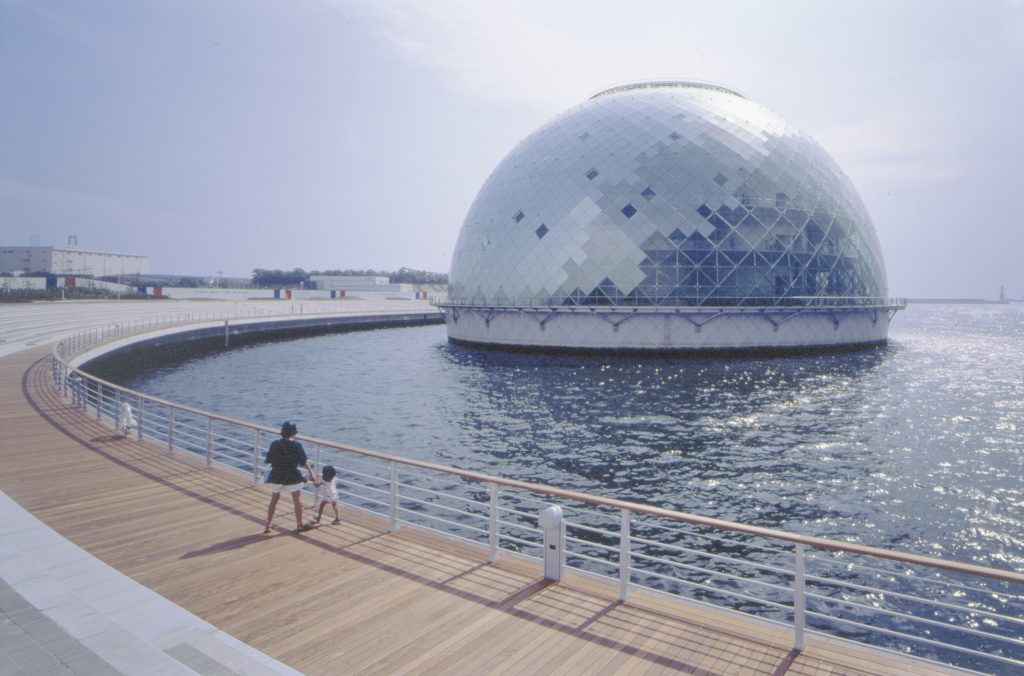Paul Andreu (1938-2018) is one of the key figures in the architecture of the second half of the 20th century, having designed the resolutely innovative, pure lines of Roissy-Charles-de-Gaulle airport in 1967.


“Whenever I design a project, I don’t create a box to organise movement inside it, but I design the walls according to the movement that people will make inside them,” said this champion of the curved line.
In addition to the concrete shells and fascinating windings of airport terminals that he would become a specialist in, from Jakarta to Dubai via Shanghai, the great curved glass roof of the Beijing Opera House – a gigantic ellipsoidal dome of titanium and glass placed on water in 2008 -, or the glass sphere that seems to float on the ocean that forms the fantastic Osaka Maritime Museum, to name just two of his masterpieces, all bear witness to this propensity for purity and undulating forms.


Coupled with a great economy of materials, this quest for pure lines drawn by the perfect geometry of the circle makes Paul Andreu a worthy heir not only to the great architects of Antiquity and the Renaissance, but also to another master of curves and elasticity to whom he aspired: the great Finnish architect and designer Alvar Aalto.

A smooth, flowing line that induces “ever-changing perspectives”, to be discovered in the retrospective that the Cité du Patrimoine et de l’Architecture in Paris is devoting to the architect, who was also a painter and writer.
“PAUL ANDREU. ARCHITECTURE IS AN ART”
CITÉ DE L’ARCHITECTURE ET DU PATRIMOINE
1, PLACE DU TROCADÉRO, PARIS XVI
UNTIL JUNE 2, 2024
France – Paris
